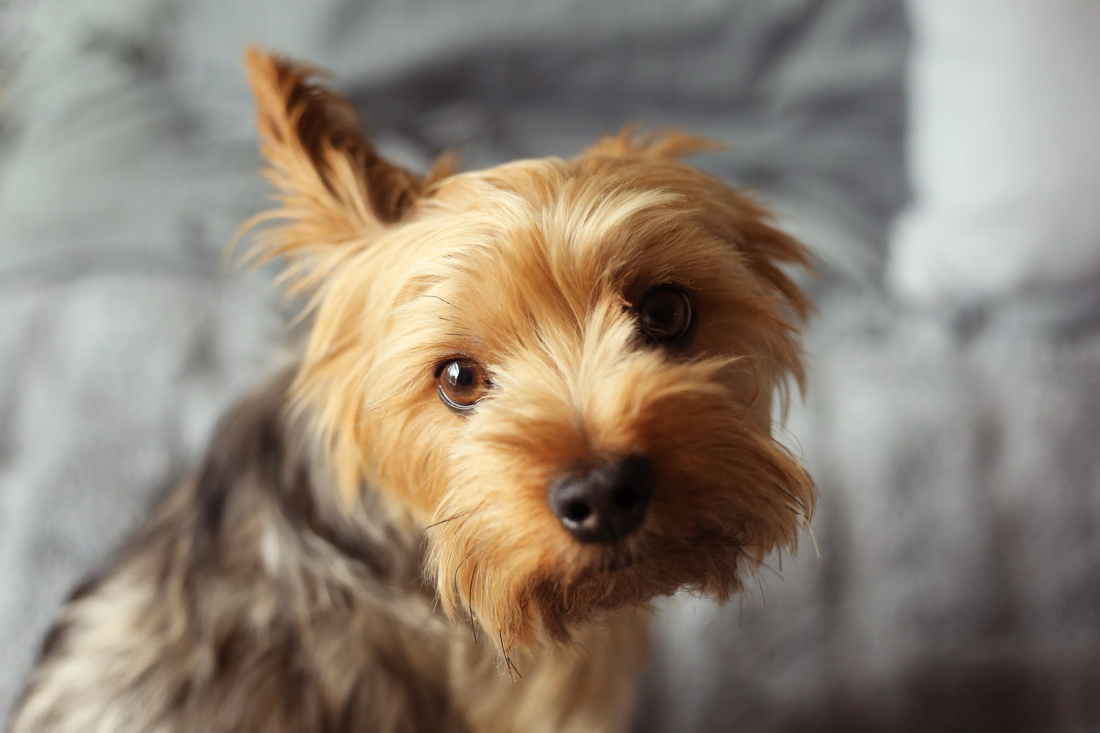
Separation anxiety in dogs
Share
Separation Anxiety in Dogs: How a Safe Space Can Help
If you've ever returned home to find chewed-up furniture or heard the heart-wrenching sound of your dog crying as you leave the house, you’re not alone. Separation anxiety is a common issue affecting many dogs, it was a persistent issue for some of our pups too. You can't give your pups too much affection, but excessive time together at the early stages of their journey with you can rob them of their independence, leaving them scared and anxious when they are alone.
Fortunately, creating a safe, comfortable space for your furry friend can make a significant difference in managing their anxiety. Here’s how.
Understanding Separation Anxiety
Separation anxiety occurs when a dog becomes overly distressed when left alone. Signs of separation anxiety can include:
- Excessive barking or whining
- Destructive behavior, such as chewing furniture or digging
- Pacing or restlessness
- Attempts to escape
- Urinating or defecating indoors (despite being house-trained)
This behavior is not due to disobedience but rather a deep sense of fear and insecurity. Dogs are pack animals by nature, and being left alone can make them feel vulnerable and stressed.
Why a Safe Space Helps
Providing a dedicated safe space for your dog can help alleviate their anxiety by offering a sense of security and comfort. A safe space acts as a sanctuary where your dog can relax, feel protected, and know they are cared for, even when you’re not there. Here’s why it works:
Promotes Routine and Familiarity Dogs thrive on routine and predictability. A designated safe space becomes a familiar and reassuring environment, reducing the uncertainty they feel when left alone.
Reduces Environmental Stress By limiting your dog’s access to overwhelming stimuli—such as loud noises, outdoor commotion, or expansive areas—you create a calming environment that minimizes triggers.
Encourages Independence Gradually introducing your dog to their safe space while you’re home helps them associate it with positive experiences, promoting independence over time.
How to Create a Safe Space

Here are some tips to design a safe space that will help your dog feel secure:
Choose the Right Location
Pick a quiet area of your home where your dog can feel relaxed. Avoid high-traffic zones and choose a spot away from loud noises or distractions.
Invest in a Quality Crate or Dog House
A well-designed crate or dog house can be the cornerstone of your dog’s safe space. Look for one that is appropriately sized—large enough for them to stand, turn around, and lie down comfortably but not so big that it feels overwhelming. Remember, unlike humans, dogs don't yearn for massive bedrooms. A well snug crate makes them feel safe, comfortable and at ease.
Make It Comfortable
Add cozy bedding, such as a soft cushion or blanket, to make the space inviting. If your dog enjoys toys, include a few of their favorites to keep them occupied.
A Safe Space as an Expression of Love
Managing separation anxiety takes time and patience, but providing a safe space for your dog is a powerful step in the right direction. Not only does it help alleviate their stress, but it also strengthens the bond between you and your furry friend. With love, care, and the right environment, you can help your dog feel secure and happy, even when you’re apart.